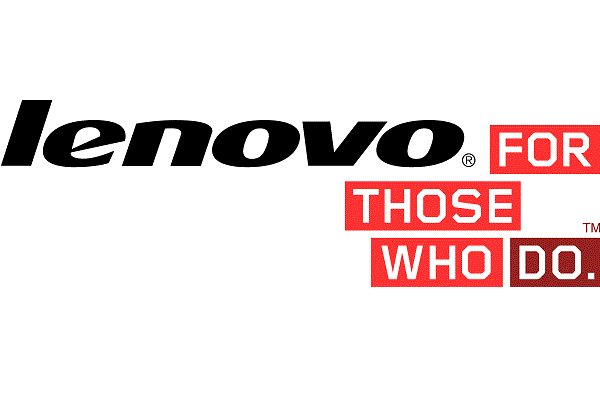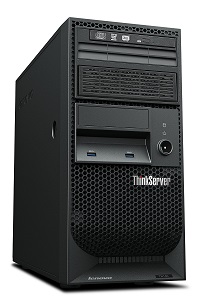Recently Lenovo and IBM announced that the two companies have reached an agreement to purchase IBM’s low-end server business for $2.3 billion. Since this is the business unit that many at STH deal with on a daily basis, we saw it fitting to put up a bit of analysis around the deal. The quick byline on this deal is that IBM is divesting a lower margin commodity business (x86 servers) in order to focus on higher margin businesses such as software and professional services.
First off, the sale more or less includes IBM’s “low-end” server business, leaving IBM with the high margin POWER line among others. The reasoning is clear, the x86 market is made up of “commodity” hardware. The basic building blocks can be purchased from any number of vendors. IBM’s POWER architecture is an example where IBM has significant intellectual property vested in everything from the processor to the AIX operating system. Further, POWER is seen to be a popular option for mission-critical applications such as bank transaction processing. This is still aligned to where IBM has a sizable advantage from its software and professional services arms.
In 2005 Lenovo purchased IBM’s ThinkPad line of PC’s and most notably notebooks. The IBM/ Lenovo ThinkPad line is certainly a well respected brand in the corporate setting, although less so in the consumer segment. For those wondering, one of the key reasons IBM sold to Lenovo was because it did not want to give too much market share to either HP or Dell which are significant competitors in the space. The 2005 deal did have a lengthy approval cycle due to security concerns.
Like with PC’s, the x86 server market has both HP and Dell as major players. Selling the business to them would make a stronger competitor and possibly open up a lengthy antitrust review cycle.
Lenovo has been aggressively targeting the segment in recent months. Servers like the Lenovo TS140 have been priced very aggressively recently against competitors such as the Dell T110 II and T20. The pricing led to deal threads in the forums with deals of sharply lower prices (see here.)
On the flip side, the IBM ServeRAID line has been extremely popular. With both LSI being acquired and IBM’s server business being acquired, there is a good chance that we will see pricing on next generation parts like the popular IBM ServeRAID M1015 and M5014 go up. Companies often have merger clauses in their agreements that offer opportunities for renegotiation (or cancellation) if an entity is acquired, or if a business changes hands. It is possible that the new owners may sell servers less expensively but decide to change upgrade component pricing. This is certainly one to watch.

Perhaps the interesting parallel we can draw is that the 2014 mobile device market has many more players than we saw in 2005. Companies like ASUS had relatively small branded presence in the space at that time. After Lenovo’s acquisition of the ThinkPad line, mobile exploded in terms of vendors with unique value propositions from low cost to higher service. Lenovo’s ThinkPad acquisition was not a direct catalyst, but it did happen at an inflection point in the market. Similarly, we are no seeing ODMs such as Quanta and some of the previously consumer oriented motherboard and system brands (e.g. Gigabyte and ASRock) turn towards expanding server portfolios and offerings.
The deal certainly makes sense and so as regulators review the deal, the market will wait to see what impacts, if any, the deal has to products and pricing at IBM, Lenovo and other competitors.






I wonder if the ThinkServer TD340 is the first server coming about from this sale. A tower case, up to 2 Intel® Xeon® E5-2400 v2 with redundant power supplies and a noise level of only 32 decibels sounds good to me. Only thing I can’t tell is if it has builtin usb 3.0 ports.